Do Cats Like Green Olives? A Complete and Detailed Guide for Cat Owners

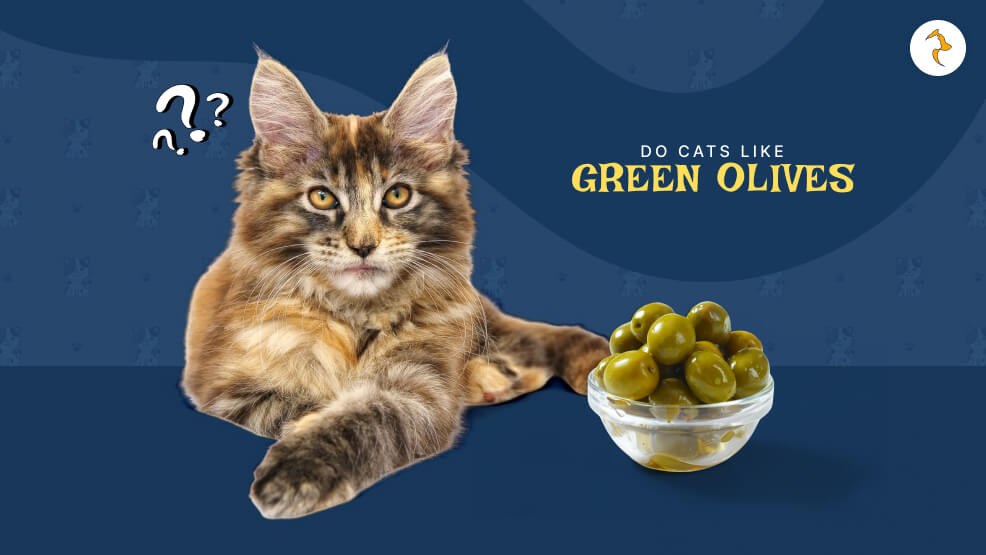
Cats don’t earn a reputation for being finicky for no reason, so it would take the typical pet owner by surprise if suddenly, out of nowhere, their cat acquires a green olive palate.
There you would have your cat rubbing against a green olive, smelling it repeatedly, or even trying to eat it. This strange behavior would raise an eyebrow or two: Do cats like green olives? Is it healthy for them? Are there any benefits or drawbacks to their health?
In this article, we’ll explore the science behind why cats might be attracted to olives, the safety of both green and black olives for cats, how to feed them safely, the risks of overconsumption, and whether olive oil is a healthy option. Let’s dive into each question in depth.
Do Cats Like Olives?
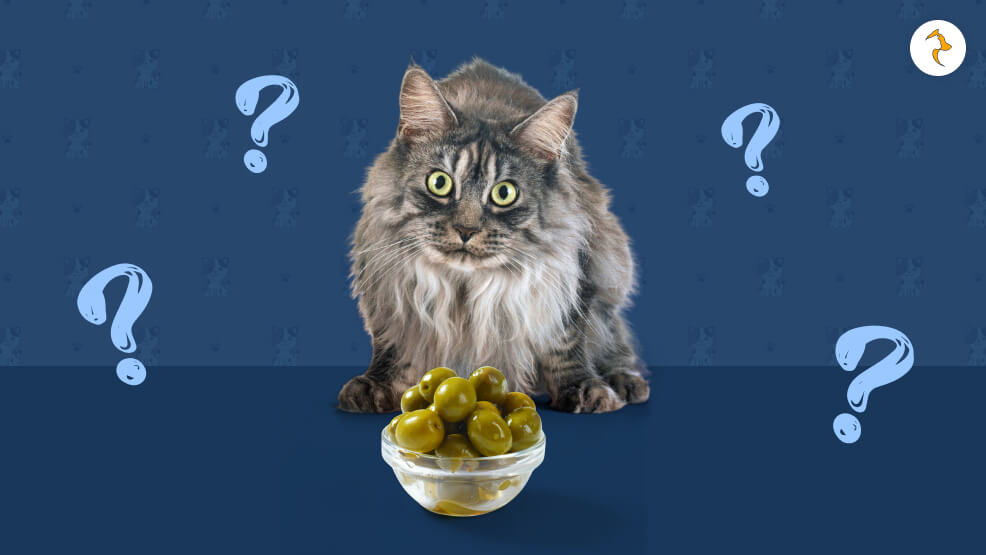
Yes, and a good many cats are spellbound by olives, particularly green olives. Cats who like olives will react similarly to catnip—rolling, rubbing, purring, chirping, or going crazy. This is usually due not to taste but to the chemical compounds of olives.
The major compound responsible for the effect is isoprenoid, a chemically related compound to nepetalactone, the chemical compound responsible for catnip’s effect.
Isoprenoids are found in green and black olives but more concentrated in green olives. The compounds bind to receptors of vomeronasal organ of a cat (palate of the mouth), leading to a sensory stimulation to yield a stimulating or euphoric effect.
Is This Reaction Universal?
Not all cats adore olives. Isoprenoid sensitivity, similar to catnip sensitivity, is set genetically. About 50–70% of cats are reportedly sensitive to catnip or related chemical substances. Kitten cats under six months old will typically fail to react, and certain cats just aren’t fazed.
Are Olives Good for Cats?
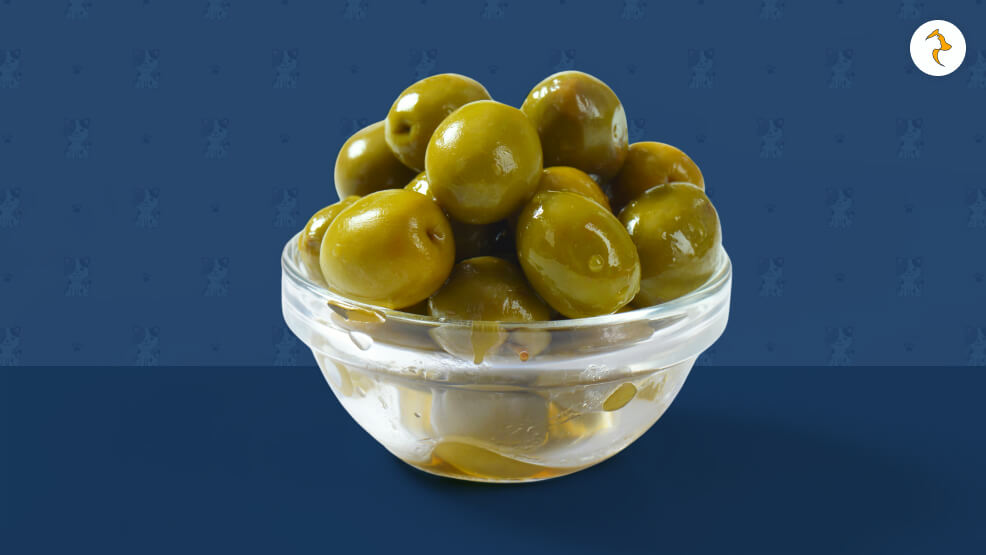
Cats are obligate carnivores and, therefore, are primarily adapted to obtain proteins and fats from animal sources. Olives are non-toxic but lack any nutrients that are required by cats. Nutritionally, olives are:
- Low in protein
- High in fat (primarily monounsaturated)
- High in sodium (in the case of pickled or brined olives)
As per the above, olives deliver no or little nutritional value to a cat. They have healthy fats and antioxidants, but it is possible to obtain these from species-specific diets or feline-exclusive supplements.
Are Olives Safe?
With the exception of some, plain, unsalted, pitted olives are safe to give your cat in small quantities. One just needs to keep the following out of your cat’s diet:
- Olives with pits (a choking risk)
- Stuffed olives (garlic, onion, cheese, hot peppers = toxic or unsafe)
- Brined or very salted olives (sodium toxicity risk)
Olives’ Health Benefits for Cats
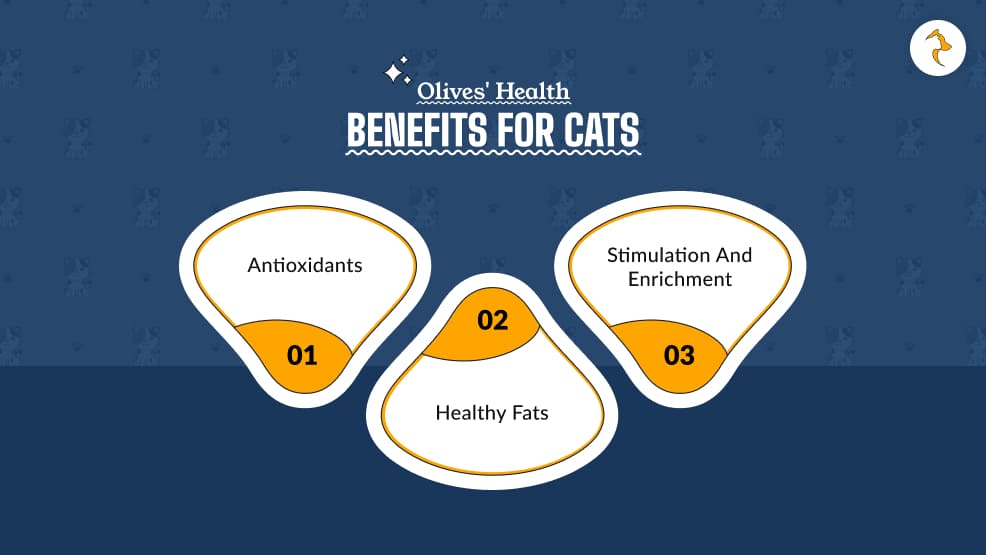
Olives are not essential to a cat’s diet but may be of minimal health value when served in moderation on an occasional basis.
Possible Benefits:
- Antioxidants: Olives also contain vitamin E and polyphenols, antioxidants which may be able to combat oxidative stress and enhance overall cell health.
- Healthy Fats: The monounsaturated fats in olives can perhaps maintain coat and skin health. They can also maintain brain function in small quantities.
- Stimulation and Enrichment
It stimulates the brain of a cat, resulting in a non-food reward of scent stimulation.
Principal Caveats
- They are limited rewards and may be revoked by health consequences if olives are eaten in excess.
- Cats don’t have to have olives as part of their diet if they want to stay healthy.
Green Olives and Cats
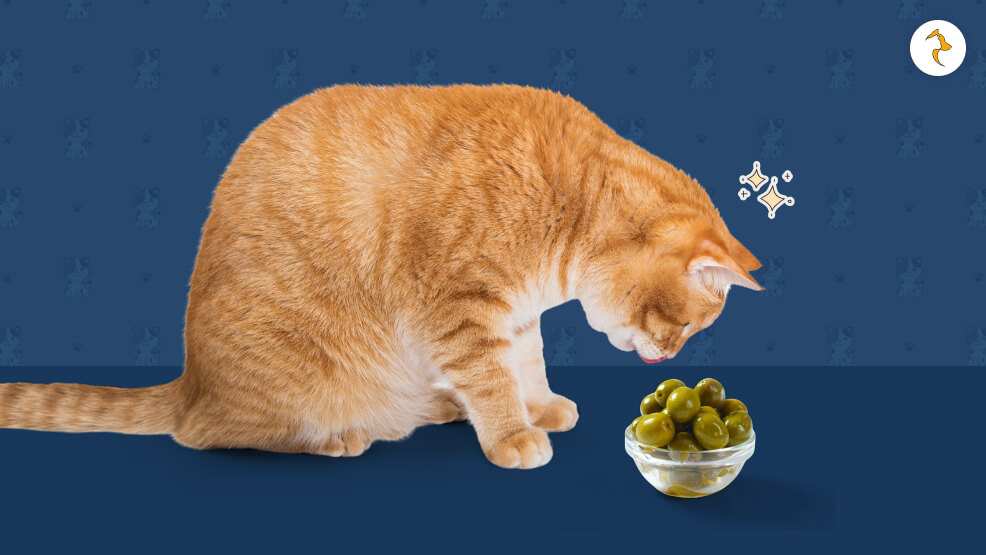
Green olives are the most sought after and sensitive to by felines. They contain more isoprenoid content, which is catnip equivalent for a cat.
Things to Remember
- Safe in small quantities (less than 1/4 olive per serving)
- Needs to be plain, pitted, and washed to avoid excessive salt
- Usually brined in salty liquid—sodium needs to be monitored
Hazards of Green Olives:
- Too much sodium can cause undue thirst, urination, or even poisoning in the extreme
- Preservatives or additives (such as garlic seasoning) are poisonous
Verdict: Green olives are alright as an infrequent snack—if plain, pitted, and unsalted.
Are Black Olives Safe for Cats?
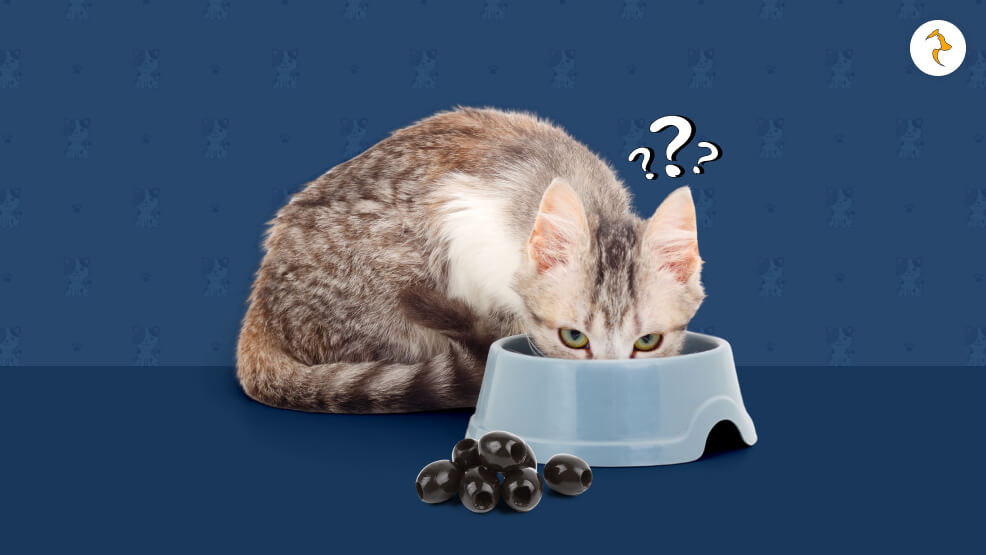
Black olives are also safe in little quantities but less likely to provide that euphoric effect attained with green olives. Black olives have fewer isoprenoids and are often available in brines packed with salt, hence a lesser preferred option.
Nutrient Comparison:
| Nutrient | Green Olives | Black Olives |
|---|---|---|
| Isoprenoid Content | High | Moderate |
| Sodium (avg.) | High | Very High |
Verdict: Black olives are technically not poisonous but have even lesser nutrition and more salt, thereby not recommended.
Is Olive Oil Safe for Cats?
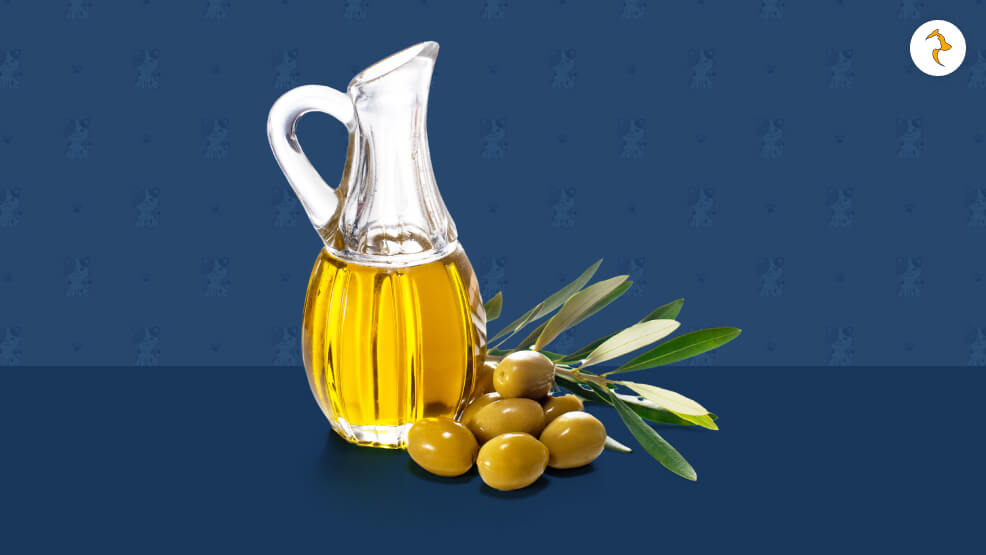
Yes, olive oil is safe for cats, if applied in very small amounts with a well-balanced diet. Extra virgin olive oil is consumed since it is pure and rich in antioxidants.
Benefits of Olive Oil in Cats:
- Healthy Coat and Skin Omega-9 fatty acids hydrate dry coat and skin sheen.
- Laxative Is a mild laxative, beneficial in cats with mild hairballs or occasional constipation.
- Anti-Inflammatory Effect
Reduces arthritis in older cats by the action of oleocanthal, a natural anti-inflammatory.
Administration of Olive Oil
- Add 1/4 teaspoon to food, 1–2 times a week (for healthy adult cats)
- Never administer olive oil daily unless directed by a veterinarian
- Watch for diarrhea or upset stomach and C and Overingestion of olive oil can lead to obesity, diarrhea, or impair nutrient absorption.
Both sources are now ready for formatting.
How To Feed Olives To Your Cat?
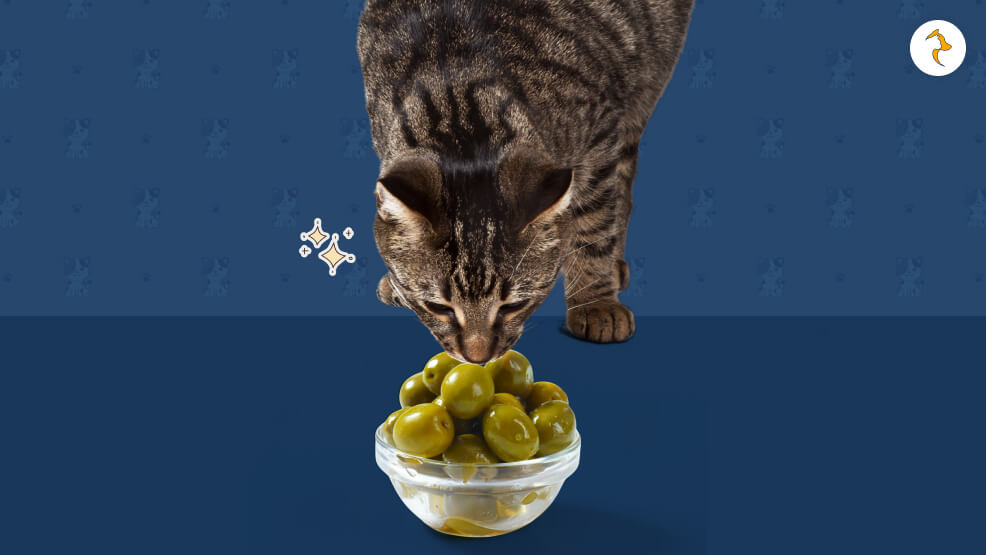
If your cat is an olive fan, and you’d like it to be a treat. Read the safe feeding guide below:
Safe Feeding Guide:
- Use plain, organic olives
- Don’t use stuffing or flavored olives
- Rinse carefully out brine and excess sodium
- Remove pits to prevent choking
- Cut into minuscule pieces—no larger than a pea
- Give only a teeny amount—a slice or sliver is okay
- Only give very rarely, no more than every few weeks
Better Options:
If your cat enjoys the odor or texture of olives, then try:
- Catnip or silvervine
- Catnip spray
- Olive wood toys (some are marketed specifically for cats)
- Interactive food puzzles
What If My Cat Ate Too Many Olives?
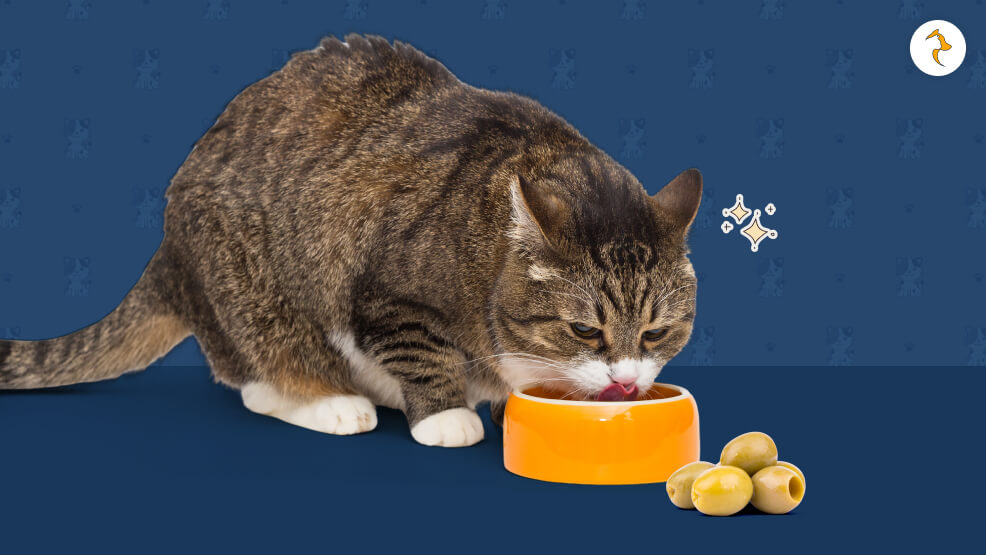
Excess olives for cats lead to short-term and long-term health problems.
Short-term Side Effects
- Vomiting
- Diarrhea
- Lethargy
- Over-thirstiness or urination
- Over-activity or anxiety
Long-term Risks
- Salt poisoning: It leads to damage of kidneys and electrolyte imbalance
- Weight gain: It is due to the fact that the olives and olive oil contain fat
- Pancreatitis: Pancreas inflammation due to foods of high fat content
Symptoms of Sodium Poisoning:
- Confusion
- Muscle tremors
- Seizures
- Coma
If your cat has eaten far too many olives or is showing any of the above symptoms, get your vet or an emergency animal hospital on the phone immediately.
Do Cats Love Green Olives?
In fact, green olives tend to attract most cats’ attention due to a natural ingredient that is linked with catnip. If your kitty enjoys them, fine—okay, that’s not needed, though.
While safe to consume, olives are not actually good for your cat. Employ them in tiny quantities as the occasional treat. The same applies to olive oil, which will be of possible benefit to your cat’s health in tiny quantities.
Best Practices:
- Employ plain, unsalted, and pitted olives
- Employ small quantities and occasional treats
- Employ no stuffed, flavored, or brined olives
- Watch for any adverse reactions
- Employ cat-safe substitutes in enrichment activities
Through the technique of saving olives within the context of a new peculiarity and not part of your cat’s normal eating regimen, you can indulge in this unusual cat behavior in safety while maintaining your cat’s overall health and well-being in prime condition.




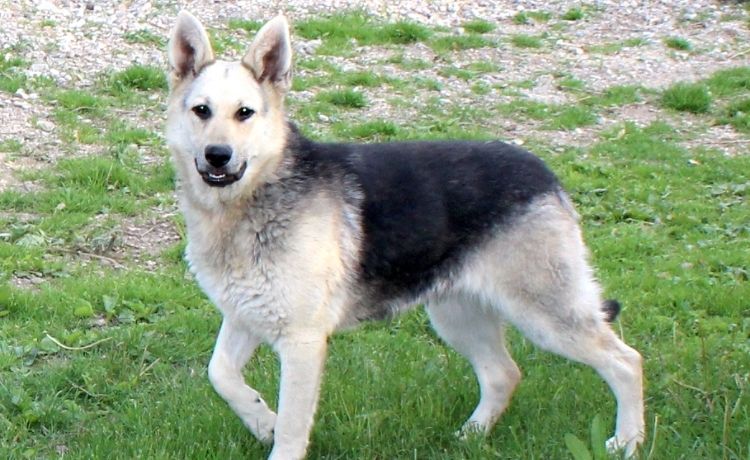

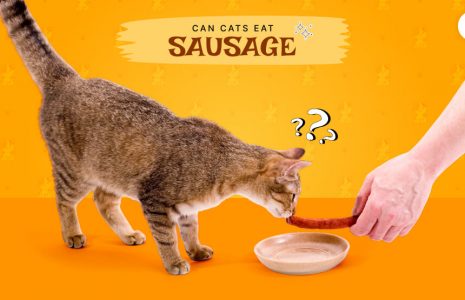
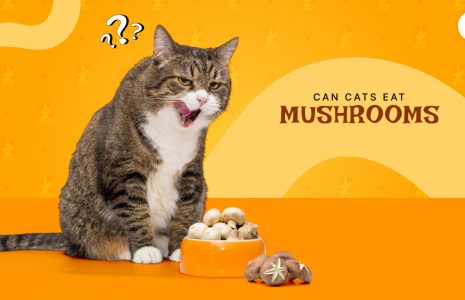
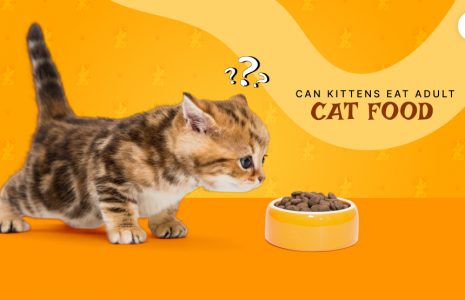
Leave A Comment